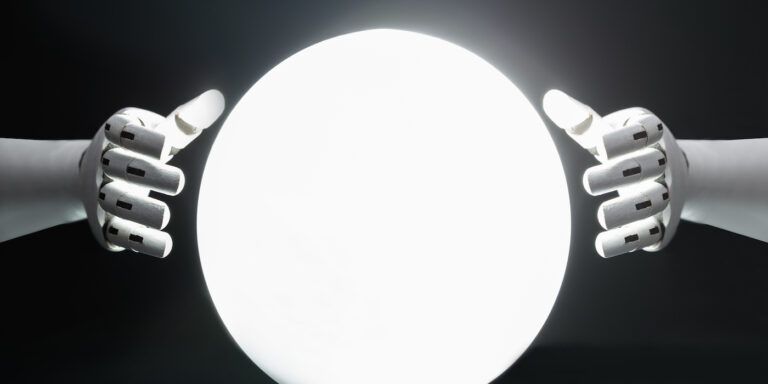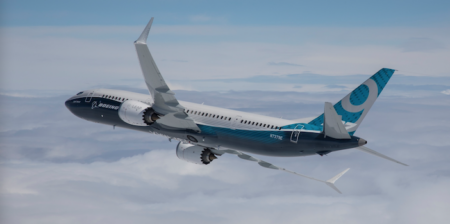In the first post of this two-part series, I discussed the race for production that is set to dominate the future of the global aerospace and defence interiors supply chain. With the segment set to surpass revenues of US$14.5 billion, the opportunities for companies are there, if they can cope with the demand.
But this is far from the only issue that this segment is going to face in 2017 and beyond. In this article, I will explore the developments and disruption happening in the aftermarket. While production has traditionally dominated revenue proportions, a surge in maintenance and retrofit programs could be set to transform this segment of the aerospace market.
Aftermarket maintenance and new entrants
Moving into 2017, one of the most dynamic areas of the aerospace industry will be in aftermarket services. There are two reasons for this. Firstly, there is a growing number of OEMs in the aftermarket, and secondly, the disruption that is being caused by a surge in retrofit programs, driven by a consumer thirst for a better passenger experience.
With the efficiencies being imposed on manufacturing, Tier 1 suppliers are looking to garner more of their profits from the aftermarket business, across all segments. They will continue to take more control of this area, either by signing long-term maintenance contracts or by signing pay-by-the-hour agreements with airlines. But this move does not come without resistance from the rest of the market, as they will be jostling for space with the traditional MROs that already operate in this space.
On newer platforms in particular, OEMs are increasing their footprint in the aftermarket and are incentivizing buyers to enter into all-inclusive ‘aftercare’ packages, rather than engage with different MROs on a case-by-case basis. While OEMs see a positive long-term revenue outlook here, and are breaking even on new platforms faster, the buyer must accept that, given the level of IP-protected technologies and unique interior design on-board, the OEM is better placed to manage this than any third-party MRO.
Meanwhile for the older programs, OEMs are disrupting the direct component/part supplier chain by trying to become super-suppliers. It might be useful to try to understand the effect based on the type of operator: smaller and newer ones will be more willing to be a part of OEM ‘aftercare’ packages, so they focus on their operational efficiencies and save their base maintenance capital expenditure. Larger ones, who tend to have their own MROs for component and base maintenance, and drive their operational costs down through direct component/part supplier sourcing, will now look towards OEMs for part supply. With the newer platforms still settling in, it will be interesting to see how traditional third-party independent MROs face this disruption.
The retrofit surge
The rising demand for aircraft in the new markets of Asia and the Middle East that I discussed in my previous article, is mirrored by a surge in demand in the interiors retrofit market in more established regions particularly western Europe and North America. This is driven by the increased competition between airlines for a consumer base that is evermore demanding of their inflight experience. As they are increasingly connected to digital services in their day-to-day lives, flyers are demanding that same level of connectivity in the skies, and airlines are having to respond by keeping their fleets up-to-date with the latest connectivity capabilities, particularly with new passenger-experience-centric disruptive players like Norwegian Airlines bursting onto the scene. The JetBlue retrofit of its A320 fleet is a prime example of an airline looking to facilitate a fully connected in-seat experience. It’s the airline’s first redesign of the fleet since its launch in 2000, and this trend is something we should expect to see more of from the wider industry.
Compliance pressures are also encouraging an increased spend on interiors retrofits. For example, in the European market, as airlines are incorporated into the European Union Emission Trading System, the potential financial penalties linked to CO2 emissions are making them take a much closer look at fuel consumption. The retrofitting of existing fleets with recent developments in aircraft interiors, particularly in advanced lightweight materials, is increasingly attractive for airlines as they look to reduce weight and therefore drive efficiency improvements.
As technology continues to transform the way the aerospace industry manufactures, sells and maintains its aircraft, companies throughout the supply chain must evolve, and fast. One thing is for sure, following on from a year characterized by global political and economic uncertainty, 2017 is set to be an exciting year for the interiors segment, and it will be fascinating to see how this plays out in the aftermarket, as well as the race for production.
Anand Parameswaran heads the aerospace and defense business unit at Cyient. In this role, he is responsible for driving superior outcomes for clients by leveraging Cyient’s capability across product design, manufacturing and aftermarket solutions. In his previous role he was the global head of human resources and business excellence.
Before Cyient, Parameswaran worked in various information technology (IT) industry leadership roles in North America, Europe, and Asia, including positions at Wipro and Cognizant, two leading global IT consulting firms. Parameswaran received a degree from Birla Institute of Technology and Science (BITS), Pilani, India.
March 21, 2017





